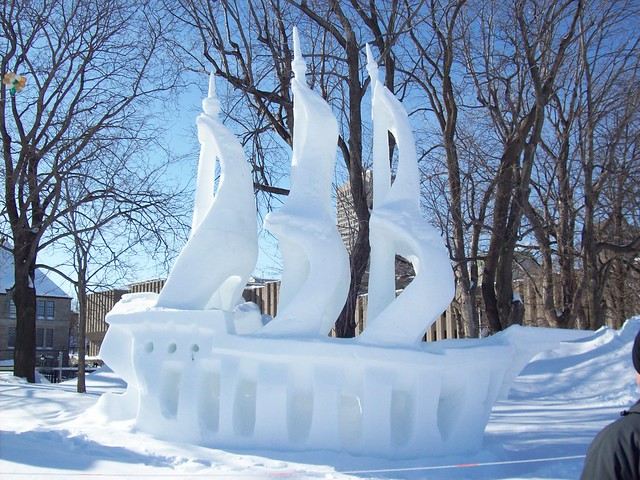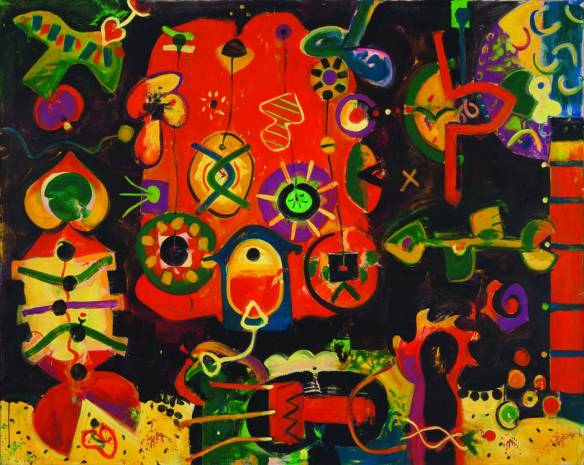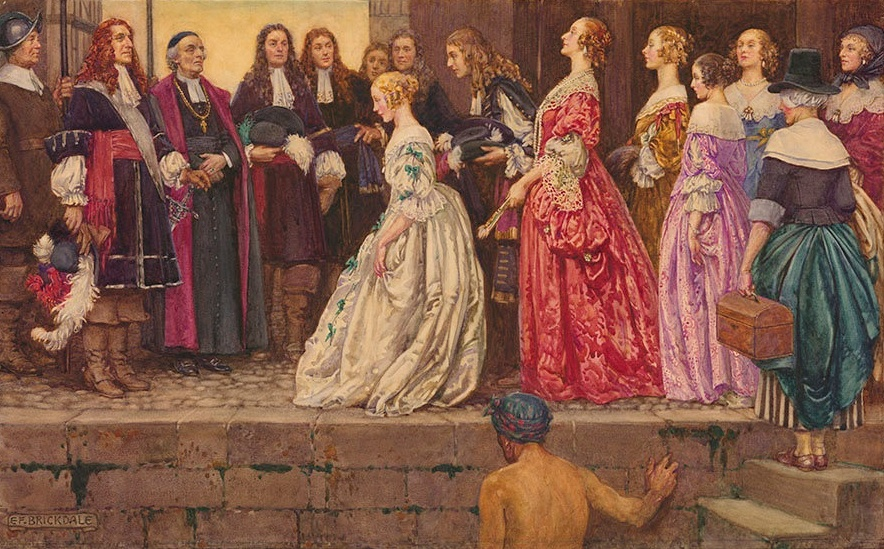During the winter, Quebec is a province of snow. Quebec City averages about 120 inches of snow per year and averages 141 days where there is at least a centimetre of snow cover. It may not be so bad these days with better insulation and heating in our houses, but a couple hundred years ago, winter was full of hardships.
Following perhaps in Samuel Champlain’s example of the “Order of Good Cheer” which helped to keep the first little colony at Port Royal entertained and fed during the long winter months, the habitants of New France held a time of eating, drinking, and being merry just before Lent.
The first organized Carnival was held in 1894, and was then held on and off due to world events over the next half century. In an attempt to strengthen the economy of Quebec City, the Carnival was brought back as an annual tradition in 1954.
The Bonhomme Carnaval, the big and jolly snowman, was made the mascot of the carnival, as a way of encouraging “joie de vivre”. Every year an ice castle is built for him, and the mayor gives him the keys to the city. He then goes about spreading joy and happiness.
The Ice Castle is built differently every year with something like 300 tonnes of ice.
There are heaps of other activities to participate in: a giant slide, snow tubing, giant foosball, sleigh rides, skating, snow sculpturing, ice fishing, a canoe race, a dogsled race, and if you are really brave you might want to dress in your bathing suit and have a snow bath. There are also night parades to watch, snow sculptures to see and of course, a tour of the Ice Castle.
Watch a short movie about the Carnival from 1956.
Notebook Page: Quebec Carnival
Activities: If you have snow, then you can go out and have your own carnival – make a big snowman, toboggan down a hill, create a snow or ice castle, go skating, or maybe even go snow bathing… and then come inside for a Beavertail and a cup of hot chocolate!
Recipe for Beavertails: Allrecipes
If you don’t have snow, well then you will have to pretend. Cut some snowflakes out of paper and tape them to the windows. Or you could make a huge 3D snowflake using this idea from Instructibles. Make a snowman out of marshmallows using this idea from Flexible Dreams.
And finally, to add some Quebec flair, make some poutine for supper. Here is a recipe from Seasons and Suppers.







 If you are able to find this at your library or have it at home, read “Lost in the Snow” in the Canadian Flyer series by Frieda Wishinsky.
If you are able to find this at your library or have it at home, read “Lost in the Snow” in the Canadian Flyer series by Frieda Wishinsky.